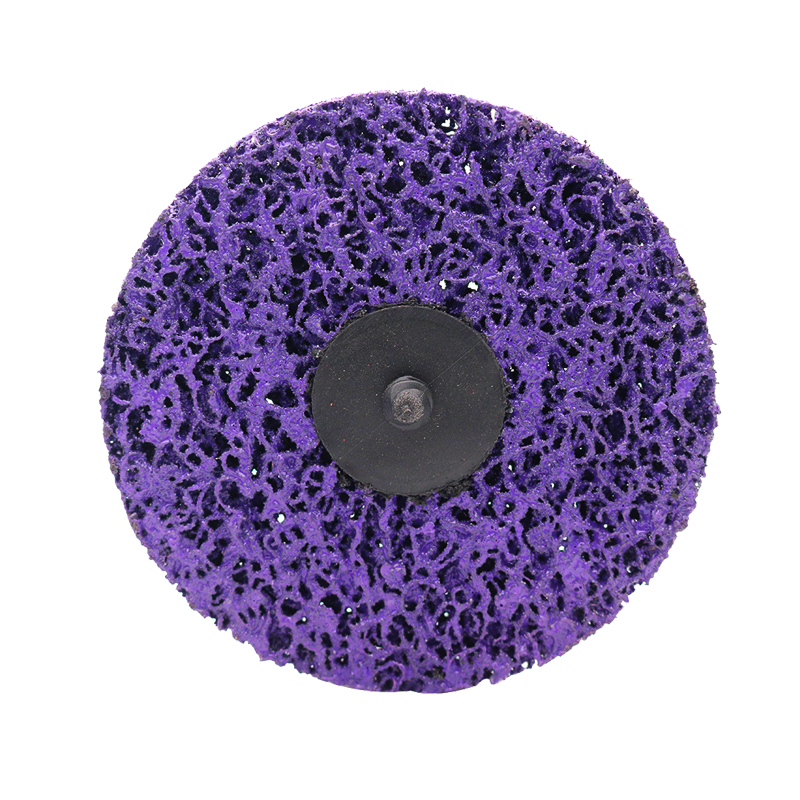Understanding the Pricing of Grinding Wheels
Grinding wheels are essential tools in various industries, including metalworking, woodworking, and manufacturing. They are used to grind, cut, and shape materials, making them a vital component in processes like machining and finishing. However, when considering purchasing grinding wheels, one of the primary factors that customers need to understand is their pricing. This article will delve into the aspects that influence the price of grinding wheels and provide insights for buyers.
Factors Affecting Grinding Wheel Prices
1. Material Composition The cost of grinding wheels can vary significantly based on the materials used in their manufacture. Common materials include aluminum oxide, silicon carbide, and diamond. For instance, diamond wheels, while offering superior performance and longevity, come at a premium price due to the cost of diamond materials and the complex manufacturing processes involved.
2. Size and Type Grinding wheels come in a variety of sizes and types designed for specific applications. Larger wheels or specialized shapes may incur higher costs. Additionally, the wheel's bond type—such as vitrified, resin, or metal—can also impact the price, with certain bonds being more expensive due to their durability and performance characteristics.
3. Brand Reputation Established brands often charge more due to their reputation for quality and consistency. While cheaper alternatives may be available, they might not offer the same performance or longevity, leading to a false economy in the long run. Investing in a reputable brand can ensure reliability and efficiency in operations.
4. Production Volume Bulk purchasing can also influence the price of grinding wheels. Many manufacturers offer discounts for large orders, making it more economical for companies that require a steady supply. Additionally, custom-designed wheels for specific applications may come at a higher price due to their tailored manufacturing process.
grinding wheels price

5. Market Demand Like many products, the pricing of grinding wheels can be affected by market demand. During periods of high demand, prices may increase. Conversely, during economic downturns or when supply chains are disrupted, manufacturers may lower prices to stimulate sales. Understanding market trends can help buyers make informed decisions about when to purchase.
Calculating the Total Cost
When considering the price of grinding wheels, it's essential to calculate the total cost of ownership, not just the initial purchase price. Factors to consider include
- Longevity Higher-priced grinding wheels may last longer, requiring fewer replacements over time. - Performance A quality grinding wheel can deliver superior cutting speed and finishes, potentially reducing processing time and overall production costs. - Compatibility Ensuring that the selected grinding wheel is compatible with the specific machinery can prevent additional costs associated with improper use.
Conclusion
The price of grinding wheels is influenced by various factors, including material composition, size, brand reputation, production volume, and market demand. For buyers, it is crucial to look beyond the sticker price and consider the total cost of ownership. Investing in high-quality grinding wheels may involve a higher initial cost, but the benefits in performance, longevity, and efficiency can result in significant savings over time. By understanding these dynamics, customers can make more informed purchasing decisions and optimize their operations. As the industry continues to evolve, staying updated on pricing trends and product innovations will also be essential for maintaining a competitive edge.
Post time:Dec - 11 - 2024

















